Home>Gardening & Outdoor>Landscaping Ideas>How To Cut Super Long Grass
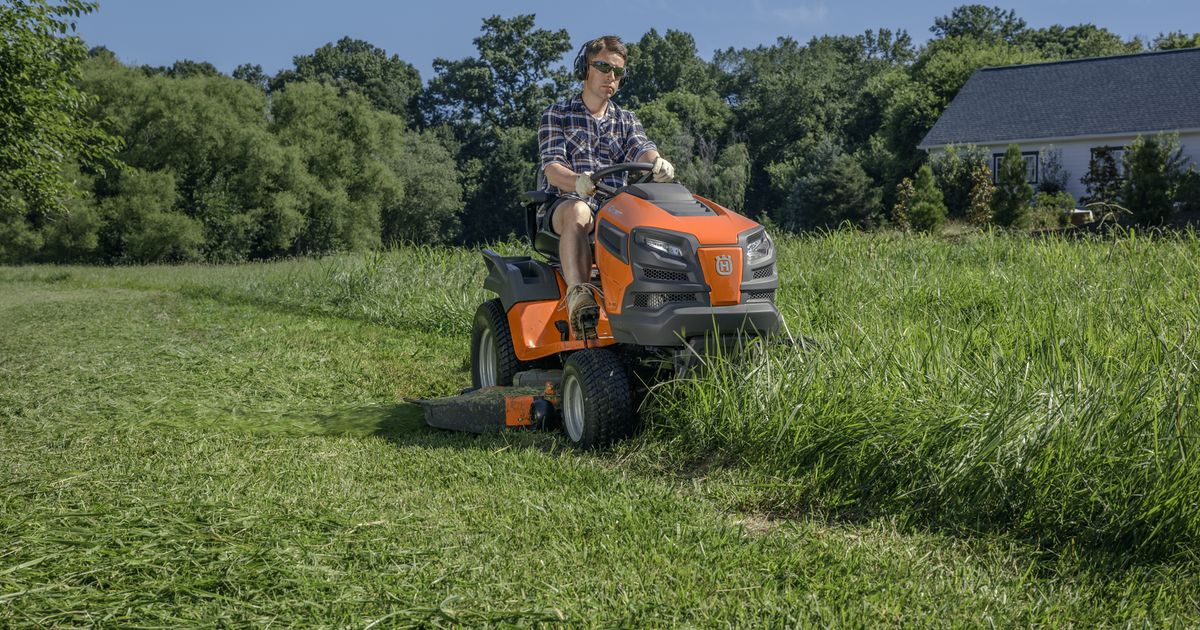

Landscaping Ideas
How To Cut Super Long Grass
Modified: August 27, 2024
Discover effective landscaping ideas for cutting super long grass and transforming your outdoor space. Get expert tips and techniques for tackling overgrown lawns.
(Many of the links in this article redirect to a specific reviewed product. Your purchase of these products through affiliate links helps to generate commission for Storables.com, at no extra cost. Learn more)
Introduction
Maintaining a well-kept lawn can significantly enhance the beauty and functionality of your outdoor space. However, when the grass becomes overgrown, it can present a daunting challenge. Super long grass not only diminishes the visual appeal of your property but also creates a haven for pests and unwanted critters. Taming this unruly vegetation requires a strategic approach and the right tools to achieve a clean and polished look.
In this guide, we will delve into the art of cutting super long grass, providing you with expert tips and techniques to restore your lawn to its former glory. Whether you’re a seasoned landscaper or a novice enthusiast, these insights will equip you with the knowledge needed to tackle this formidable task with confidence.
From essential tools and safety precautions to effective cutting techniques and post-cleanup strategies, we will cover every aspect of this endeavor. By the end of this article, you’ll be prepared to transform your overgrown lawn into a pristine outdoor oasis. So, roll up your sleeves and let’s embark on this transformative journey together.
Key Takeaways:
- Taming super long grass requires essential tools, safety precautions, and effective cutting techniques to transform your lawn into a pristine outdoor oasis.
- Prioritize safety, gradual height adjustment, and thorough post-cutting cleanup to achieve a well-groomed and healthy lawn while preserving the visual harmony of your outdoor space.
Read more: How Long To Cut St. Augustine Grass
Tools and Equipment Needed
Before diving into the task of cutting super long grass, it’s crucial to gather the necessary tools and equipment to ensure a smooth and efficient process. Here’s a comprehensive list of items you’ll need:
- Lawn Mower: Opt for a heavy-duty mower with adjustable cutting heights to tackle the tall grass effectively. Consider a self-propelled mower for added convenience, especially if the terrain is uneven.
- String Trimmer: A string trimmer, also known as a weed eater or weed whacker, is essential for reaching areas that the mower can’t access, such as around trees, fences, and garden borders.
- Protective Gear: Prioritize safety by wearing sturdy work gloves, protective eyewear, and closed-toe shoes to shield yourself from debris and potential hazards.
- Rakes and Tarps: Rakes are indispensable for gathering cut grass, while tarps or large bags provide a convenient way to transport and dispose of the clippings.
- Pruning Shears or Hedge Trimmers: These tools come in handy for trimming overgrown vegetation in tight or intricate spaces, ensuring a uniform and neat appearance.
- Leaf Blower: A leaf blower can expedite the cleanup process by swiftly clearing grass clippings and debris from pathways and hard-to-reach areas.
- Gasoline or Electric-Powered Tools: Depending on the size of the lawn and the availability of power sources, choose between gasoline or electric-powered equipment, such as mowers and trimmers, to suit your specific needs.
By assembling these tools and equipment, you’ll be well-equipped to take on the challenge of cutting super long grass effectively and efficiently. In the next section, we’ll explore essential safety precautions to ensure a secure and successful cutting process.
Safety Precautions
As with any landscaping task, ensuring your safety and well-being should be a top priority when tackling super long grass. By adhering to essential safety precautions, you can minimize the risk of accidents and injuries. Here’s a comprehensive guide to staying safe while cutting overgrown grass:
- Inspect the Area: Before commencing the cutting process, carefully survey the lawn for any potential hazards, such as rocks, branches, or hidden debris. Clear these obstacles to create a safer working environment.
- Wear Protective Gear: Equip yourself with the appropriate protective gear, including sturdy work gloves, safety goggles, and closed-toe shoes, to shield your hands, eyes, and feet from potential injuries and debris.
- Check Equipment Functionality: Thoroughly inspect and test all tools and equipment to ensure they are in proper working condition. Check for loose or damaged parts and address any issues before use.
- Handle Fuel Safely: If using gasoline-powered tools, handle fuel with caution. Refuel equipment in a well-ventilated outdoor area, and avoid spills or overfilling to prevent fire hazards.
- Stay Hydrated: Dehydration can pose a significant risk, especially when working outdoors in warm weather. Stay hydrated by consuming plenty of water throughout the cutting process.
- Be Mindful of Wildlife: Take note of any potential wildlife habitats in the overgrown grass. Be mindful of nesting birds or small animals and avoid disturbing their habitats as much as possible.
- Follow Manufacturer Guidelines: Adhere to the manufacturer’s guidelines for operating powered equipment, including mowers and trimmers. Familiarize yourself with the safety features and recommended usage practices.
- Take Regular Breaks: Prolonged physical exertion can lead to fatigue and reduced alertness. Schedule regular breaks to rest and rehydrate, especially during extended cutting sessions.
By prioritizing safety and implementing these precautions, you can mitigate potential risks and create a secure environment for the task at hand. In the following sections, we will explore the step-by-step process of clearing the area and employing effective cutting techniques to conquer super long grass.
Clearing the Area
Before initiating the cutting process, it’s essential to clear the area of any obstacles and prepare the terrain for efficient and safe mowing. Follow these steps to create a conducive environment for tackling super long grass:
- Remove Debris: Begin by clearing the lawn of any visible debris, such as fallen branches, rocks, or large twigs. This not only ensures a safer mowing experience but also prevents potential damage to the equipment.
- Mark Boundaries: Clearly mark the boundaries of the mowing area to avoid accidental damage to garden beds, ornamental plants, or other delicate landscaping features.
- Trim Edges: Use a string trimmer or lawn edger to define the edges of the lawn, creating a neat and polished outline. This step provides a clear demarcation for the mowing process.
- Check for Hidden Obstacles: Inspect the grass for any hidden obstacles, such as sprinkler heads, shallow roots, or low-lying objects. Clear these obstructions to prevent damage to the mower and ensure a smooth cutting experience.
- Address Wet Areas: If certain sections of the lawn are damp or waterlogged, consider allowing them to dry before mowing. Wet grass can impede the cutting process and lead to uneven results.
- Secure Loose Items: Remove any loose items, such as toys, garden hoses, or decorative ornaments, from the mowing area to prevent potential entanglements and obstacles during the cutting process.
- Inspect Terrain: Assess the terrain for uneven areas, steep slopes, or hidden depressions that may pose challenges during mowing. Exercise caution and adjust the mowing technique to accommodate these variations.
By meticulously clearing the area and addressing potential obstacles, you’ll set the stage for a seamless and effective cutting process. With the groundwork laid, it’s time to explore the best techniques for tackling super long grass with precision and finesse.
Use a string trimmer or brush cutter to tackle super long grass. Start by cutting the grass at a higher level, then gradually lower the cutting height until you reach the desired length. Always wear protective gear and be mindful of any obstacles hidden in the grass.
Cutting Techniques
When it comes to taming super long grass, employing the right cutting techniques is essential for achieving a well-groomed and healthy lawn. Here are expert-recommended strategies to conquer overgrown grass with finesse:
- Gradual Height Adjustment: Start by setting your mower at a higher cutting height to manage the initial pass through the long grass. Gradually lower the cutting height with subsequent passes to achieve the desired length, preventing shock to the grass.
- Overlap Mowing Rows: Practice overlapping each mowing row by approximately 20% to ensure thorough coverage and a consistent cut. This technique prevents missed patches and promotes an even appearance across the lawn.
- Alternate Mowing Directions: Vary the direction of your mowing pattern with each session to prevent the grass from leaning in one direction. This approach encourages upright growth and prevents the formation of unsightly ruts.
- Trim Edges and Borders: Use a string trimmer to tidy up the edges and borders of the lawn, ensuring a clean and polished finish. Pay attention to areas around trees, fences, and garden beds for a refined appearance.
- Manage Clumping and Dispersal: If the grass clippings clump together, use a rake or leaf blower to disperse them evenly across the lawn. Alternatively, consider collecting the clippings for composting or disposal.
- Trim Overgrown Vegetation: Address any overgrown vegetation near structures or tight spaces using pruning shears or hedge trimmers. This step enhances the overall aesthetic and promotes a well-maintained look.
- Monitor Equipment Functionality: Regularly check the mower blades for sharpness and alignment to ensure a clean and precise cut. Dull or misaligned blades can result in ragged edges and uneven grass height.
- Follow Recommended Maintenance: Adhere to the manufacturer’s maintenance guidelines for your equipment, including oil changes, air filter replacements, and blade sharpening, to optimize performance and longevity.
By implementing these cutting techniques, you can transform unruly, super long grass into a manicured and visually appealing lawn. With the mowing process complete, it’s time to shift focus to the post-cutting cleanup to put the finishing touches on your outdoor space.
Read more: How Long To Cut Grass After Rain
Post-Cutting Cleanup
After successfully taming the super long grass, the post-cutting cleanup phase plays a crucial role in achieving a pristine and well-maintained lawn. Follow these essential steps to wrap up the cutting process with efficiency and finesse:
- Gather Grass Clippings: Use a rake or a leaf blower to gather the grass clippings into manageable piles. If you prefer, consider using a bagging attachment on the mower to collect the clippings for disposal or composting.
- Inspect for Debris: Scan the mowed area for any residual debris, such as twigs, leaves, or small rocks. Remove these items to prevent potential hazards and preserve the manicured appearance of the lawn.
- Trim Stray Grass: Check for any stray patches of long grass that may have been missed during the initial cutting. Use a trimmer or shears to address these areas and ensure a uniform grass height throughout the lawn.
- Clean and Store Equipment: Thoroughly clean the mower, trimmer, and any other utilized equipment to remove grass clippings and debris. Properly store the tools in a dry and secure location for future use.
- Inspect and Address Lawn Edges: Take a moment to inspect the lawn edges and borders for a neat and defined appearance. Use a trimmer to refine any uneven edges and maintain a polished look.
- Water and Nourish the Lawn: After the cutting process, consider watering the lawn to promote recovery and growth. Additionally, apply a suitable fertilizer to replenish nutrients and support the grass’s health.
- Dispose of Clippings: If you’ve collected grass clippings, dispose of them responsibly or add them to a compost pile to enrich the soil. Composted clippings can serve as a valuable organic amendment for future gardening endeavors.
- Appreciate Your Efforts: Take a moment to admire and appreciate the transformation of your outdoor space. Your dedication and hard work have revitalized the lawn, creating an inviting and picturesque environment.
By diligently attending to the post-cutting cleanup, you can elevate the visual appeal of your lawn and set the stage for ongoing maintenance and enjoyment. With the cutting process and cleanup complete, your outdoor oasis is primed for relaxation, recreation, and quality time spent amidst nature.
By implementing these cutting techniques, you can transform unruly, super long grass into a manicured and visually appealing lawn. With the mowing process complete, it’s time to shift focus to the post-cutting cleanup to put the finishing touches on your outdoor space.
Conclusion
Embarking on the journey of cutting super long grass may initially seem like a daunting task, but armed with the right tools, techniques, and knowledge, you can transform an overgrown lawn into a pristine outdoor sanctuary. By adhering to essential safety precautions, meticulously clearing the area, and employing effective cutting techniques, you can conquer the challenge with confidence and finesse.
As you navigate the mowing process, remember to prioritize safety, gradual height adjustment, and thorough post-cutting cleanup. These elements are integral to achieving a well-groomed and healthy lawn while preserving the visual harmony of your outdoor space.
With each step, from inspecting the area for potential hazards to gathering and disposing of grass clippings, you are not only revitalizing your lawn but also creating a welcoming environment for outdoor enjoyment and relaxation. The meticulous care and attention invested in this endeavor will yield a lush and inviting landscape that enhances the beauty of your property.
As you reflect on the transformation of your outdoor oasis, take pride in the dedication and effort you’ve invested in nurturing your lawn. The manicured expanse of grass stands as a testament to your commitment to creating a vibrant and inviting outdoor haven.
By following the insights and techniques outlined in this guide, you are well-equipped to conquer the challenge of cutting super long grass, paving the way for a visually stunning and well-maintained lawn. Embrace the transformative power of landscaping, and revel in the beauty of your revitalized outdoor space.
Now, as you step back and admire the lush expanse of well-tamed grass, may your outdoor sanctuary become a haven for relaxation, recreation, and cherished moments amidst nature’s splendor.
Frequently Asked Questions about How To Cut Super Long Grass
Was this page helpful?
At Storables.com, we guarantee accurate and reliable information. Our content, validated by Expert Board Contributors, is crafted following stringent Editorial Policies. We're committed to providing you with well-researched, expert-backed insights for all your informational needs.
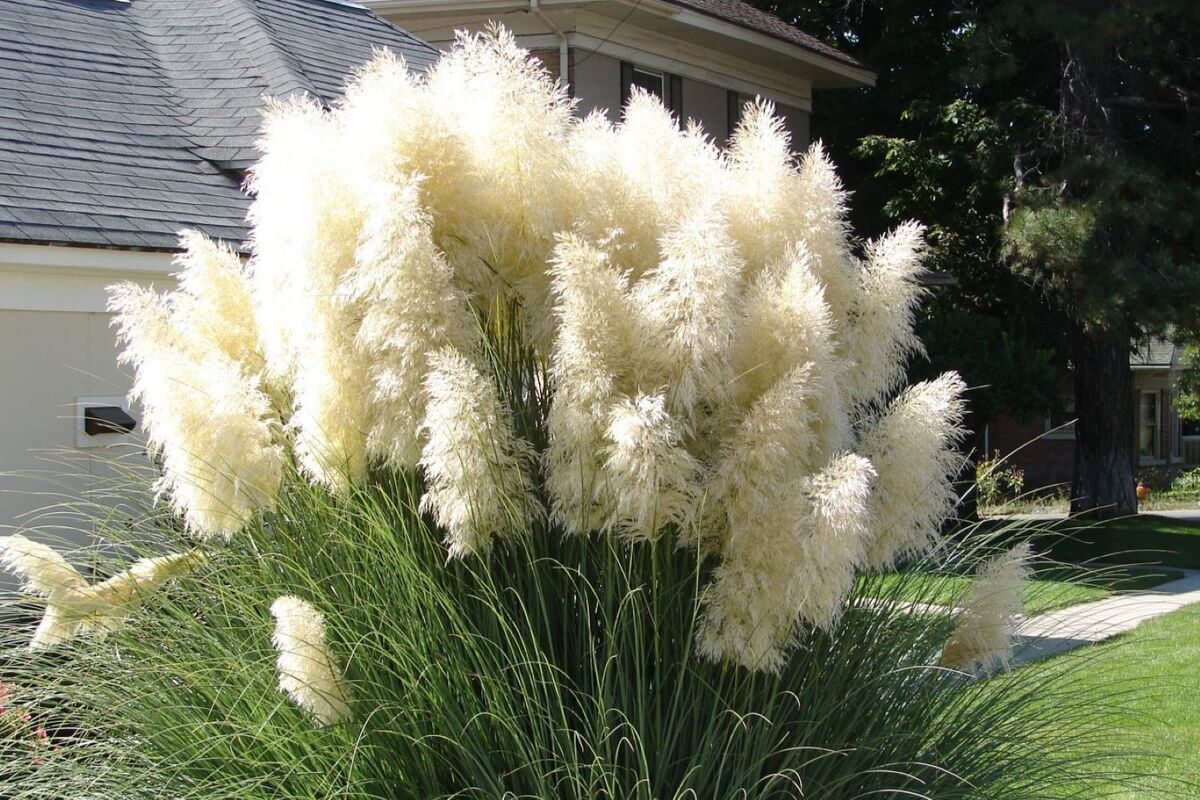
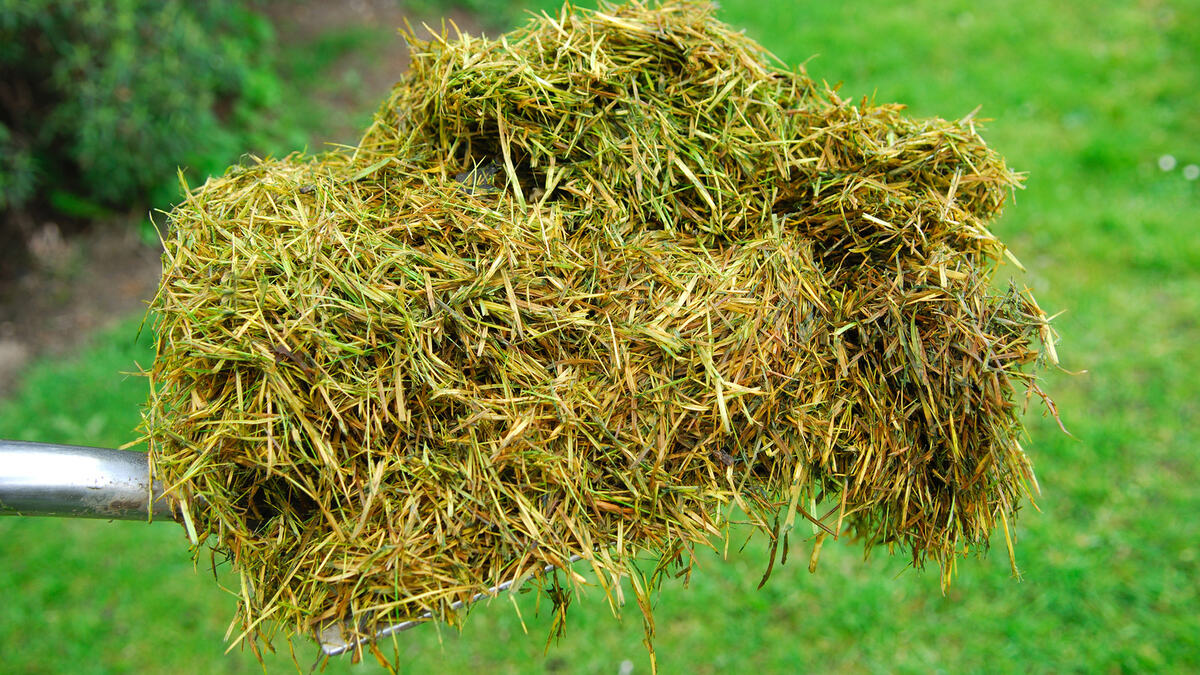
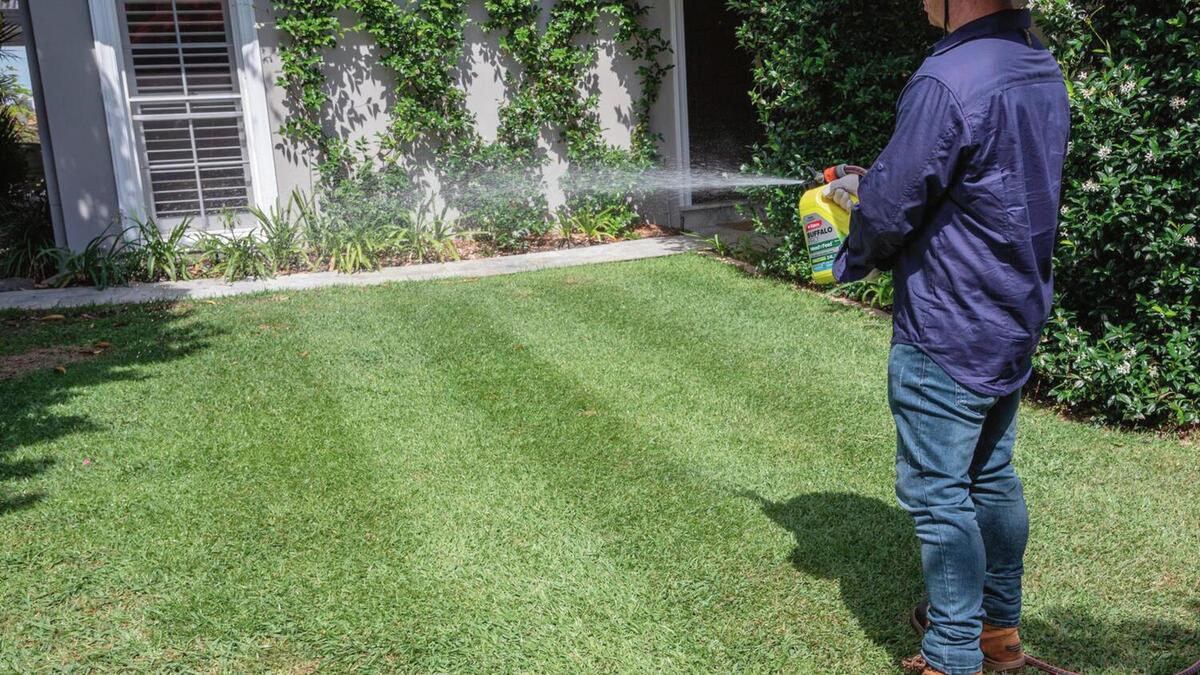
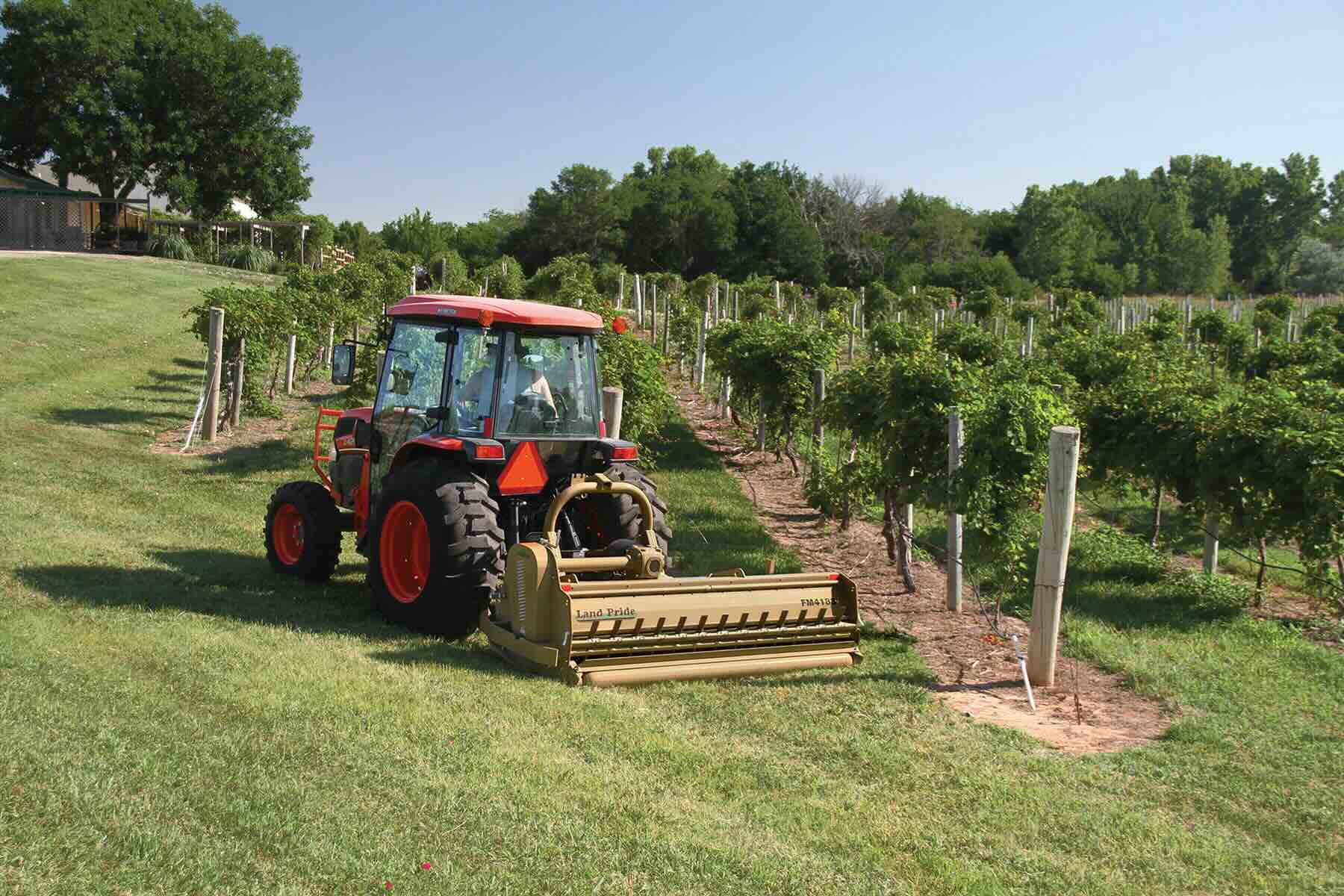

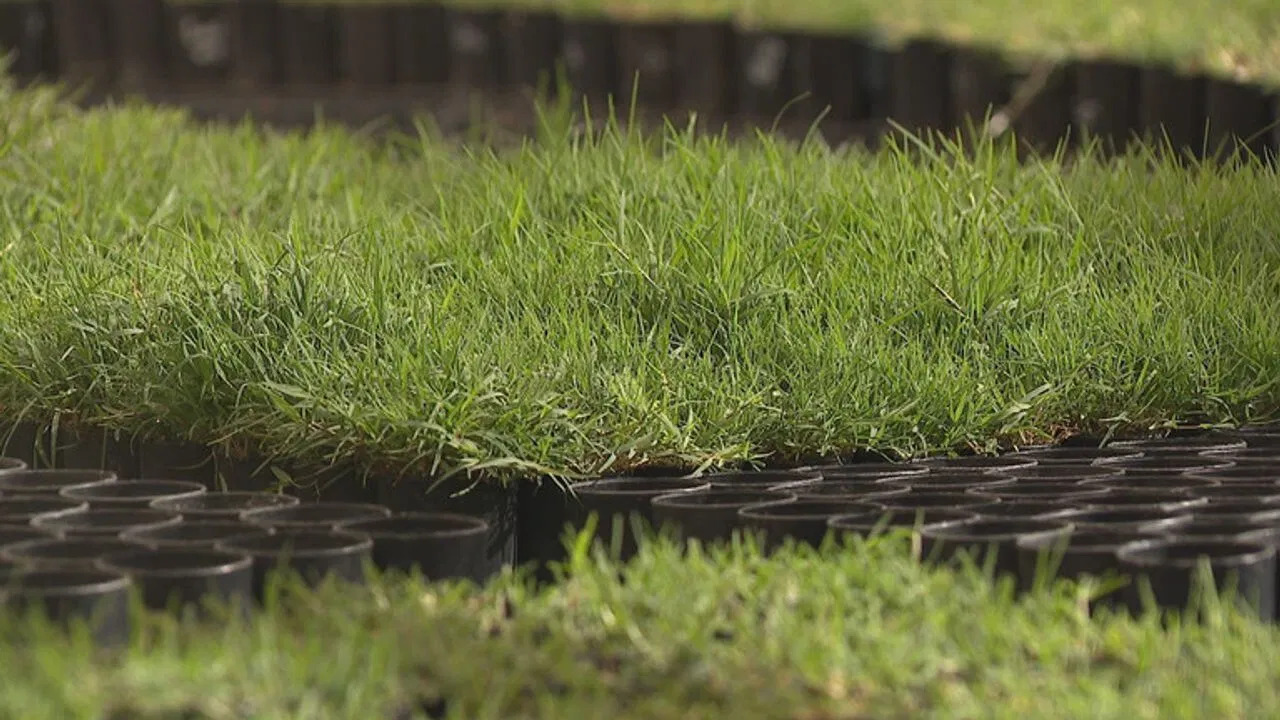
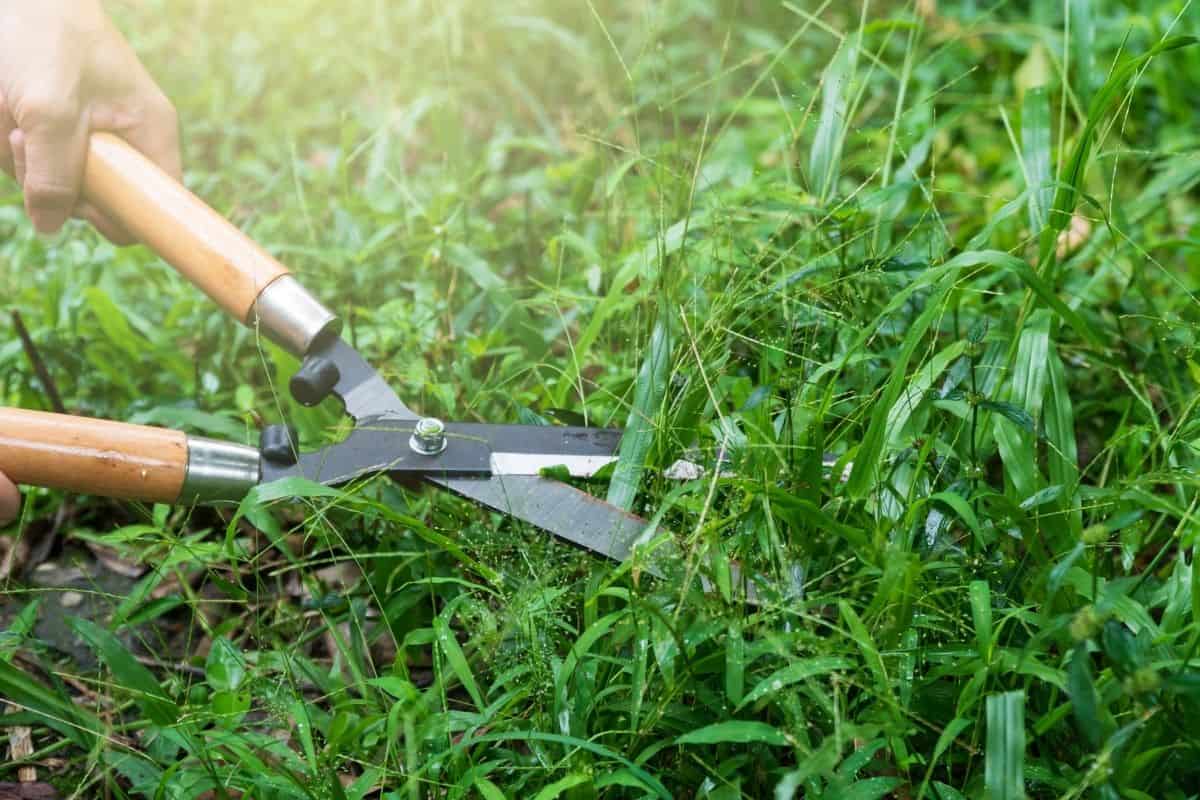
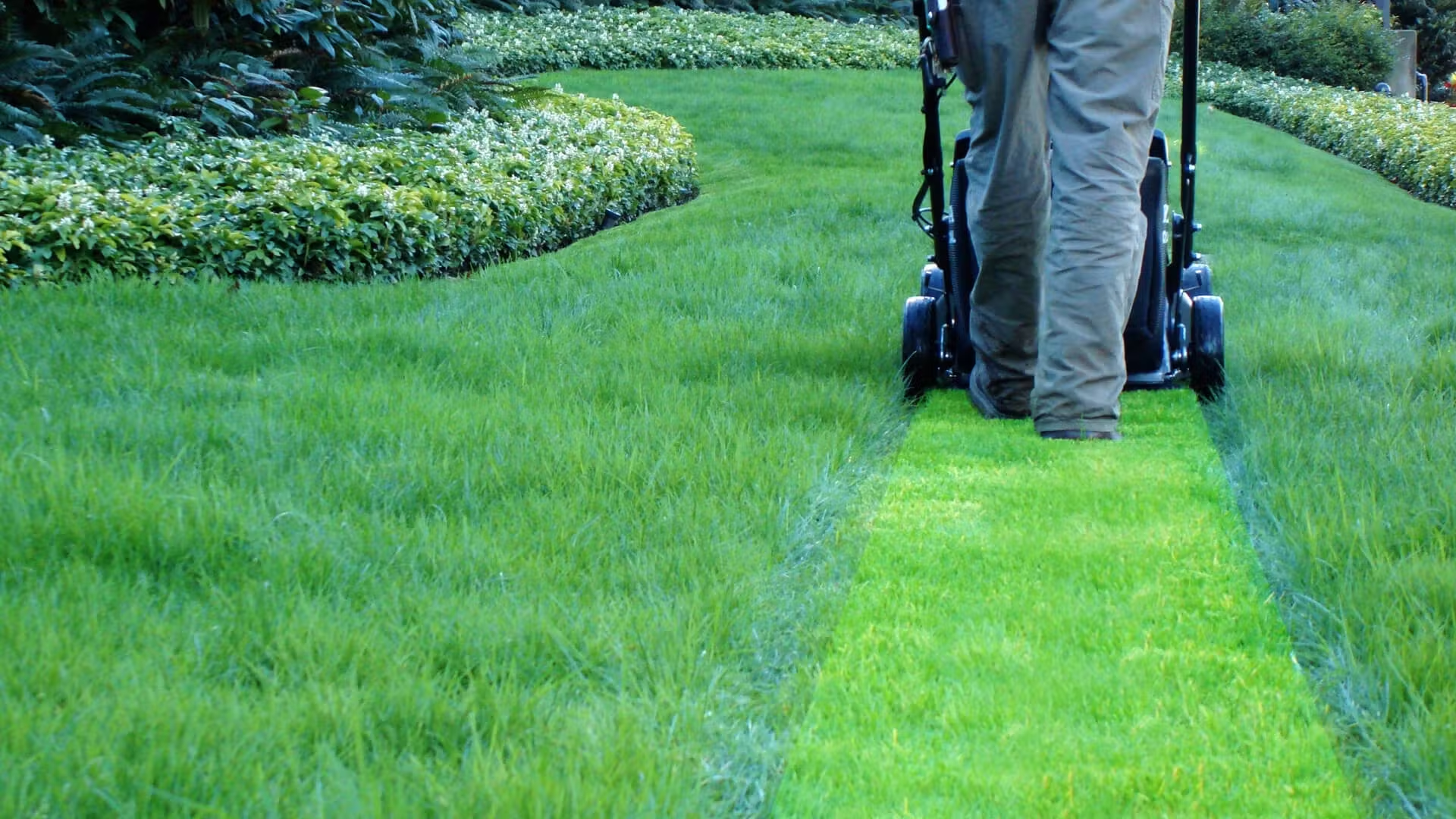

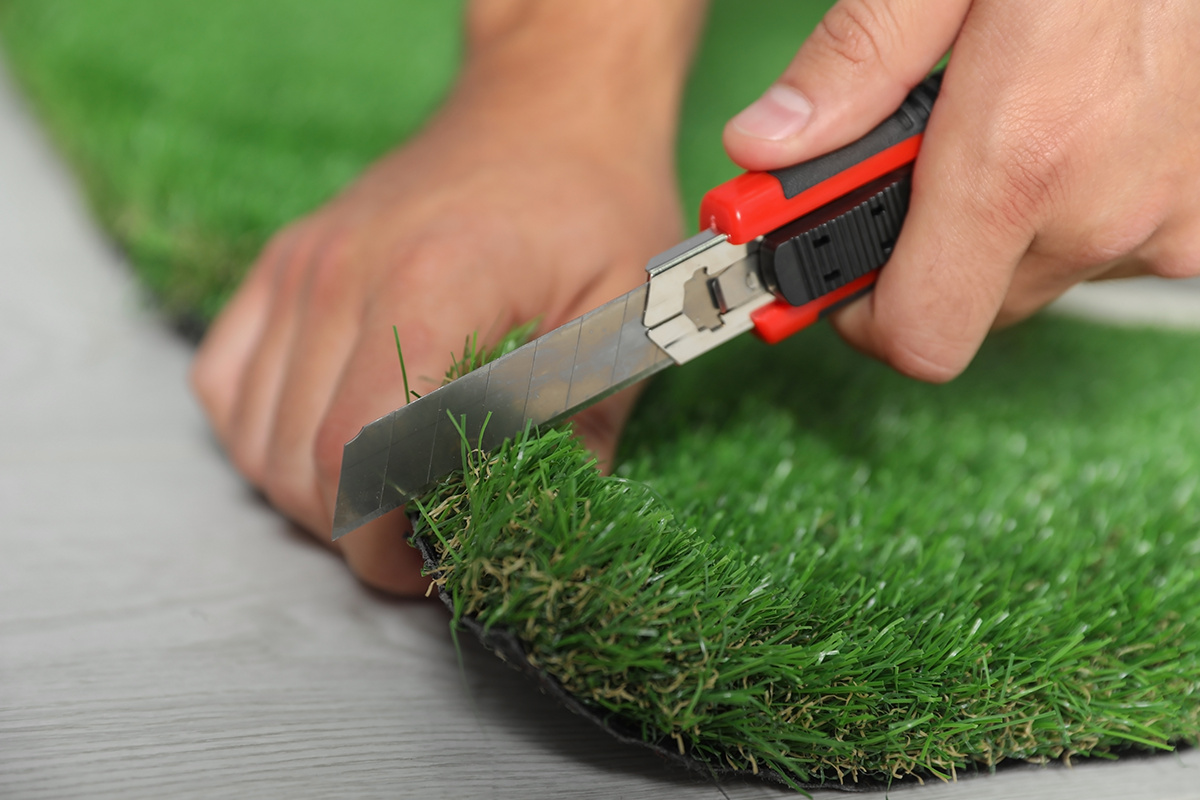
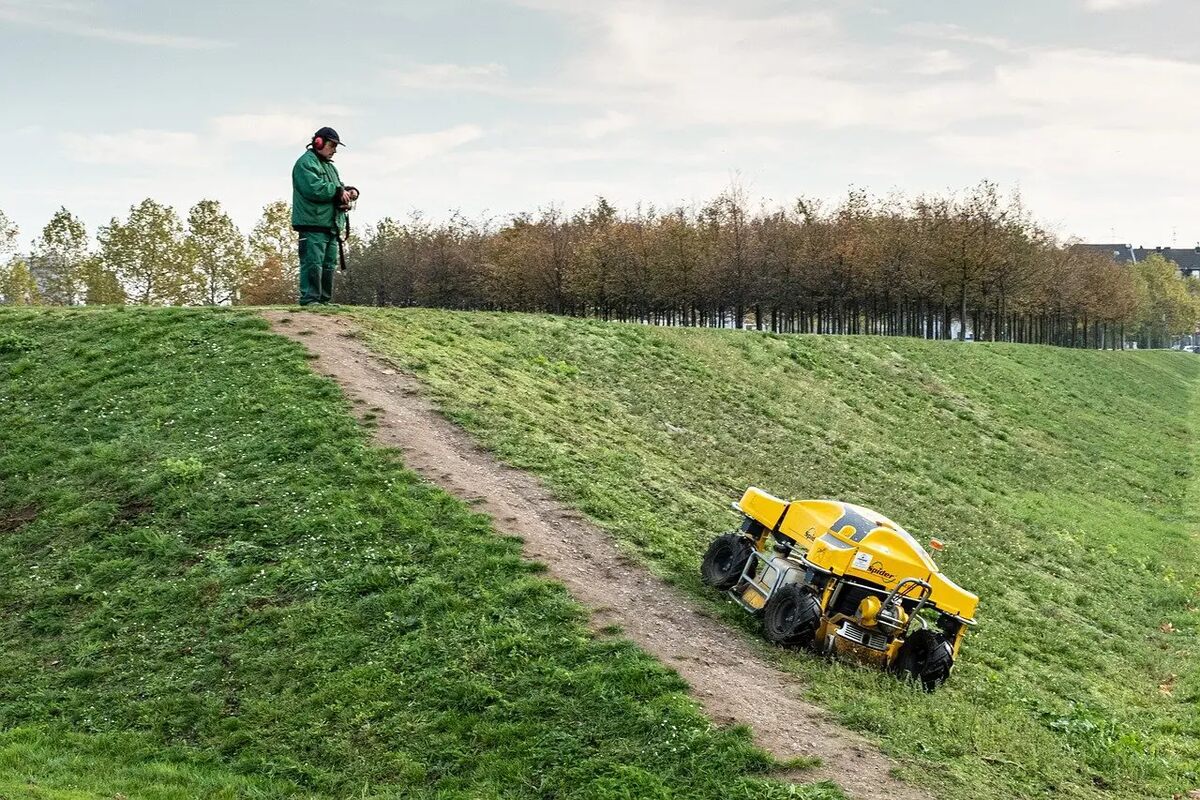
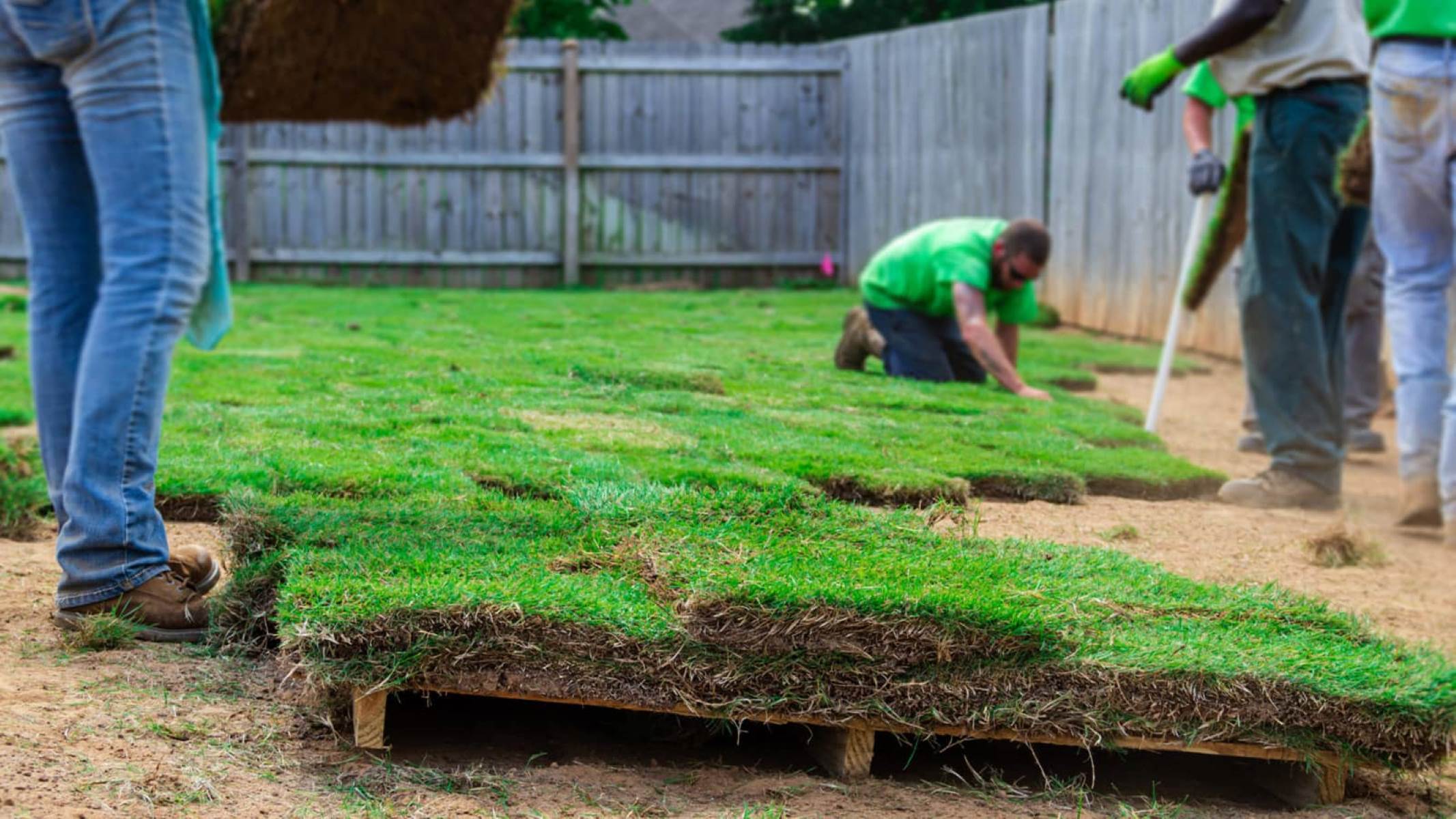
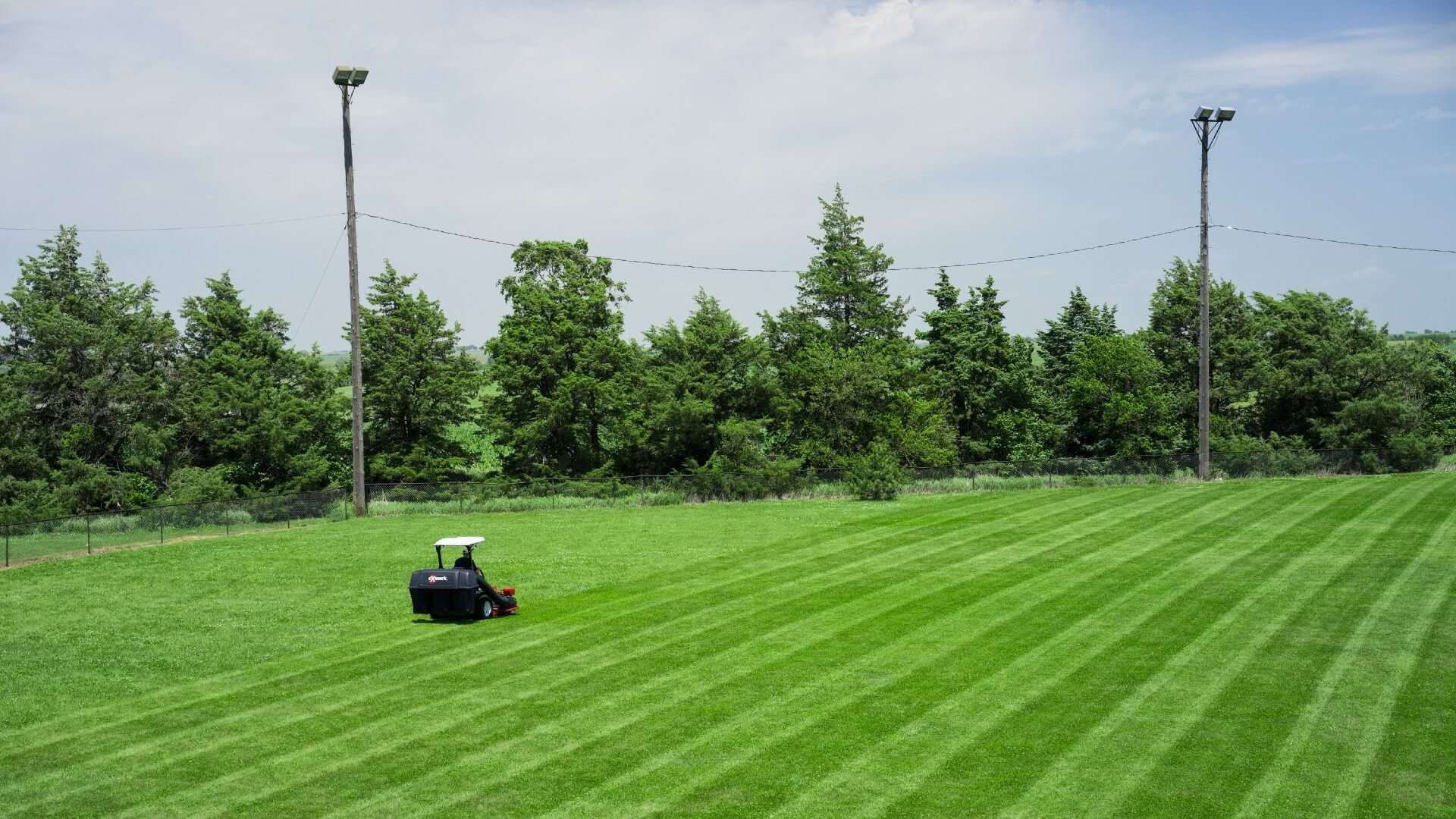
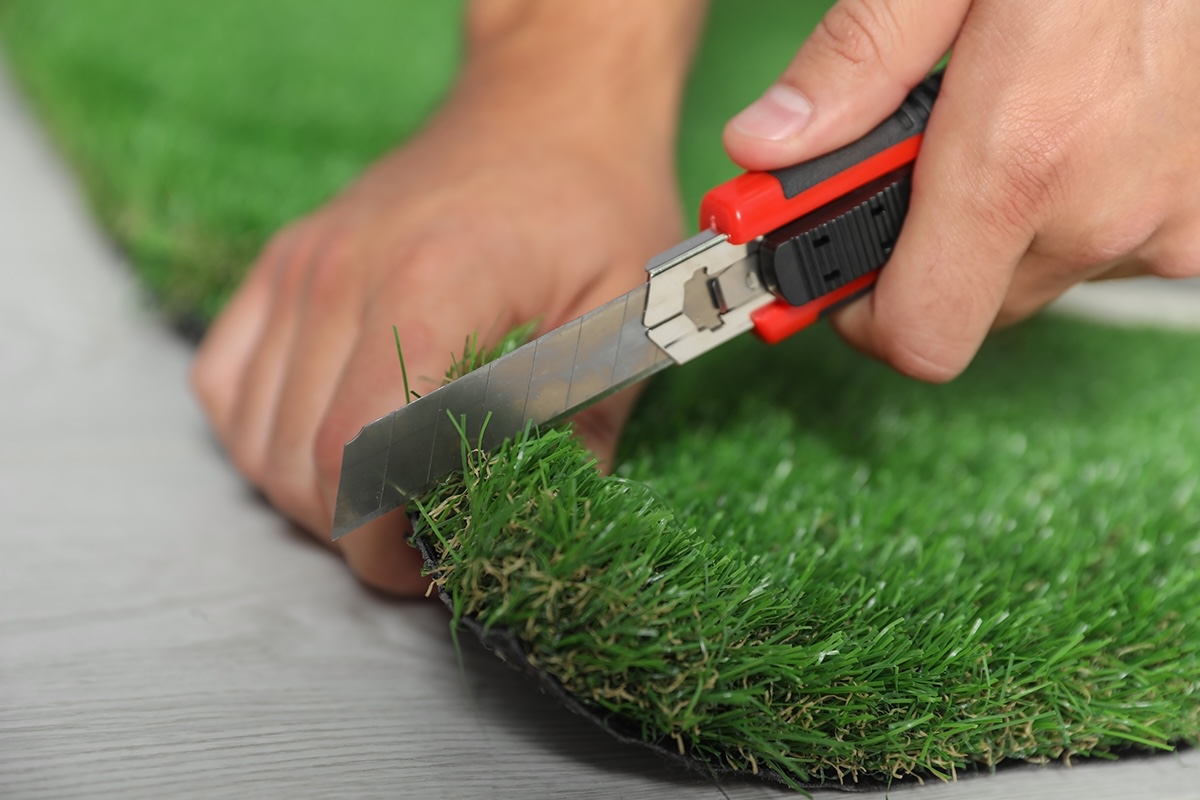

0 thoughts on “How To Cut Super Long Grass”